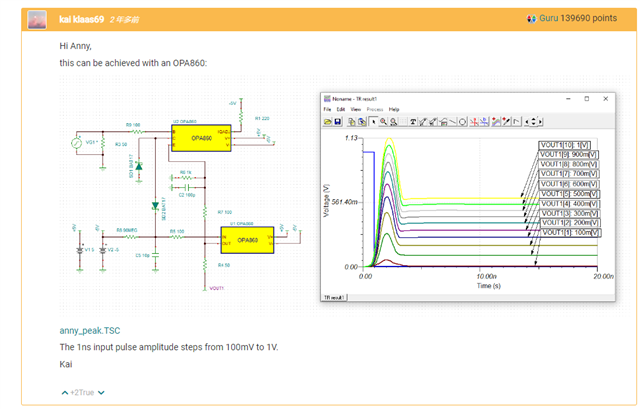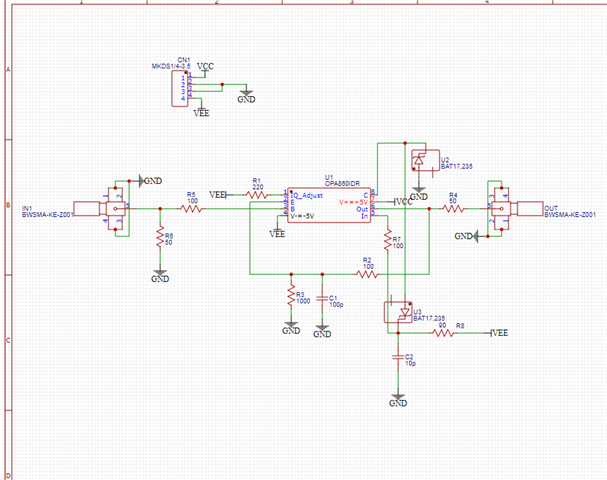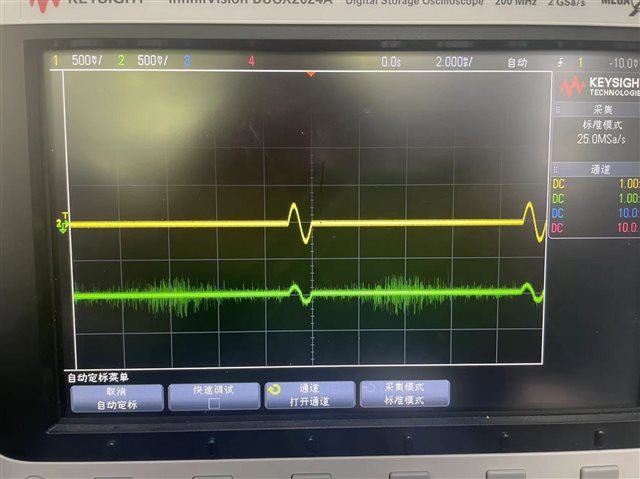Other Parts Discussed in Thread: OPA356
Hi team,
The customer drew the physical board according to the original post, but the actual results of the physical test were still similar to the simulation. Referenced this post:

The schematic of the tests performed is as follows:

The measured results are as follows:

Could you help check why's this? Thanks.
Best Regards,
Cherry





